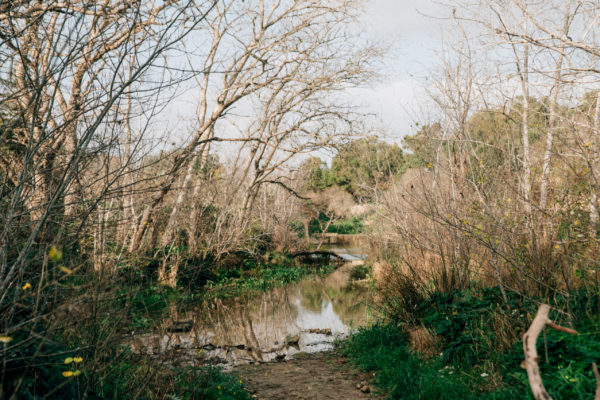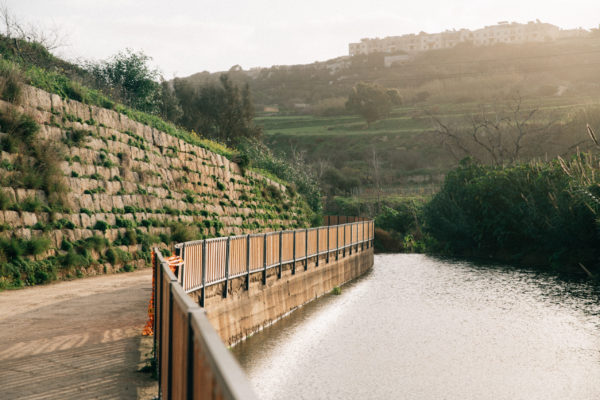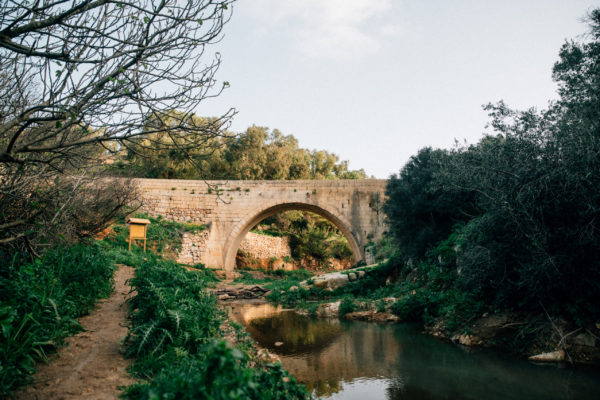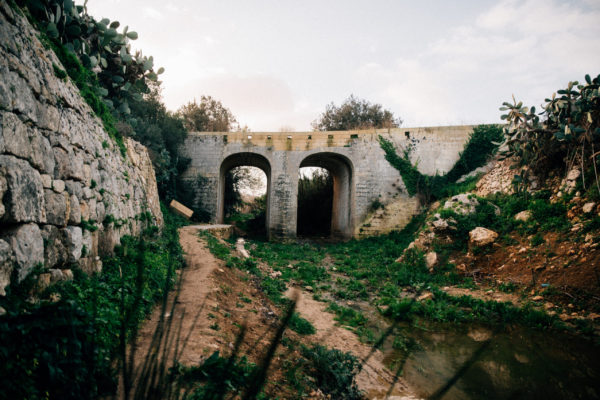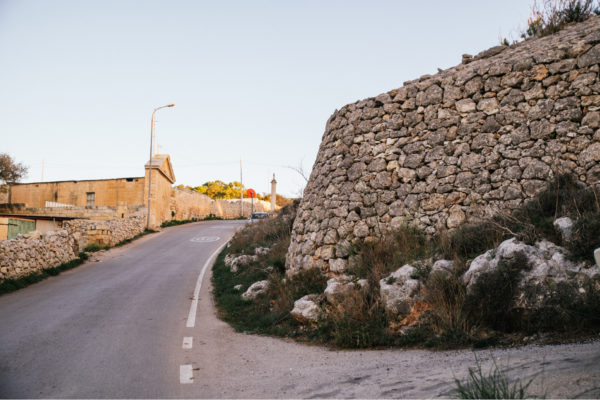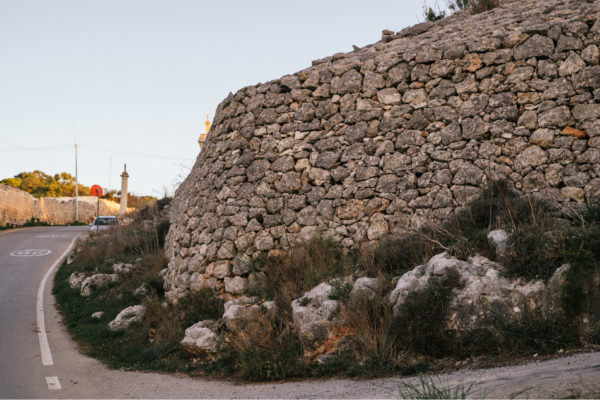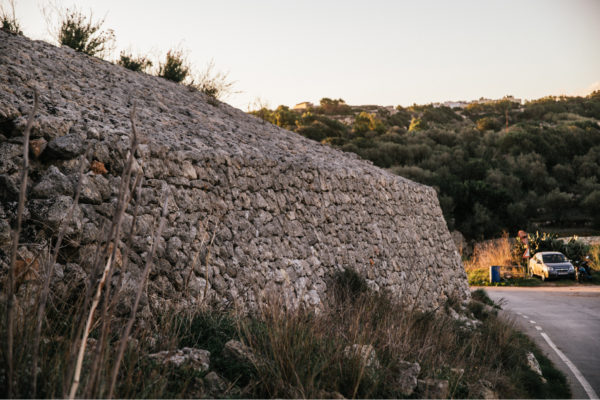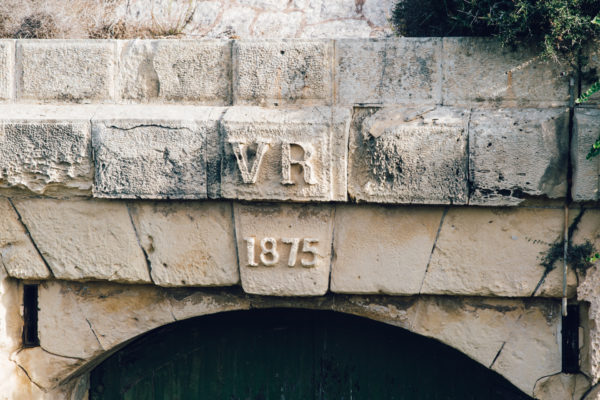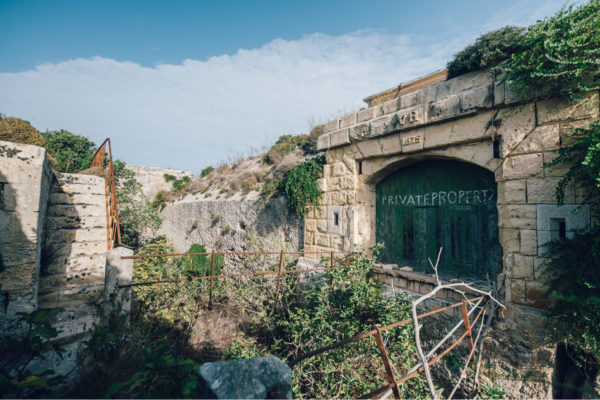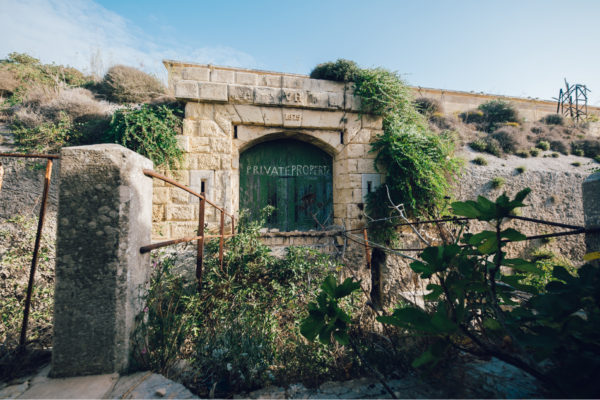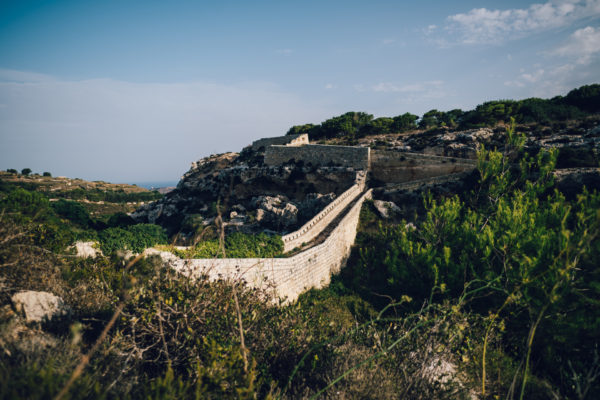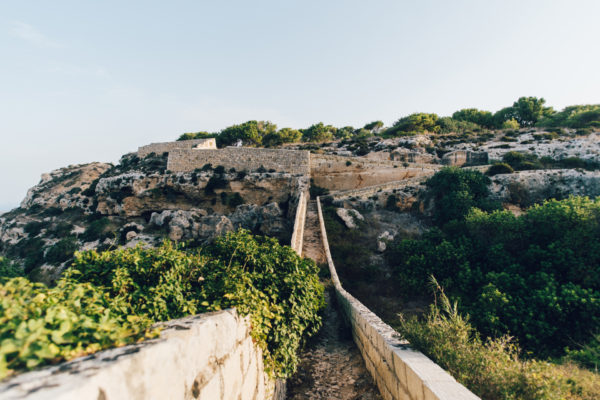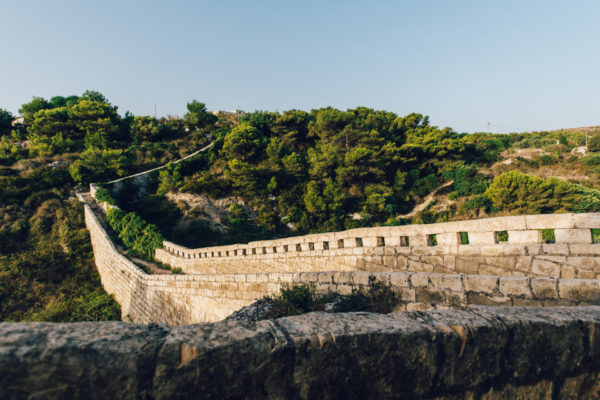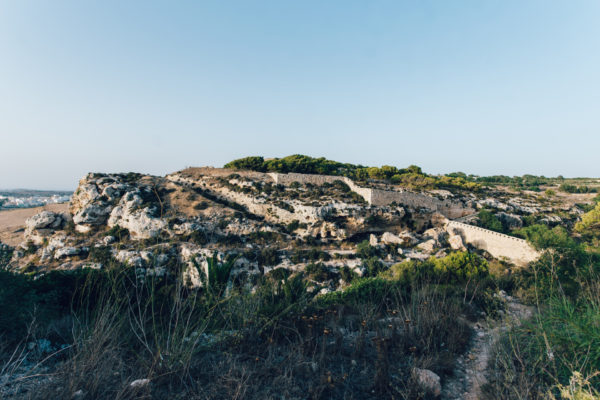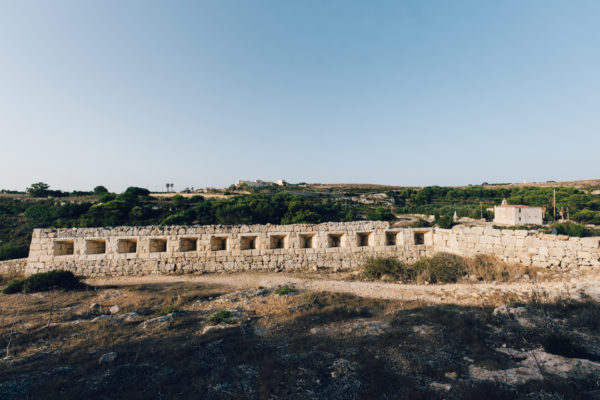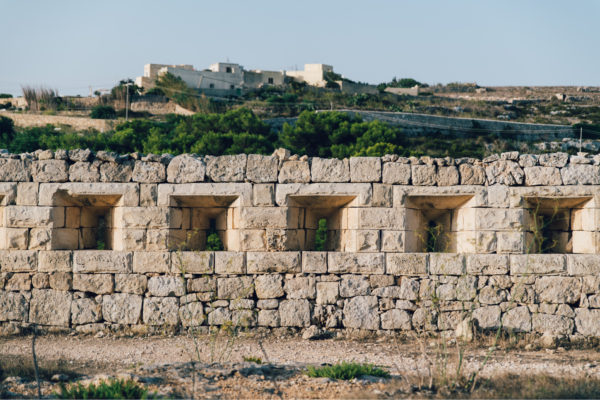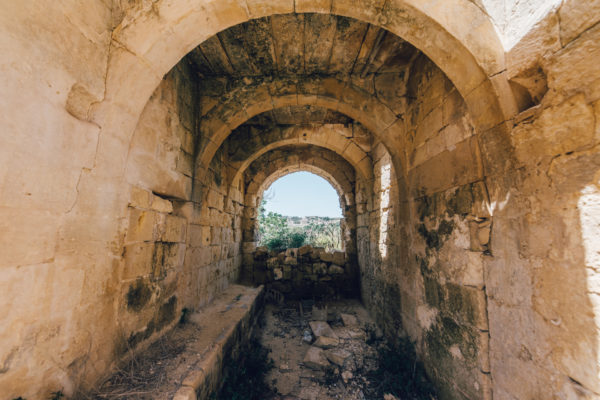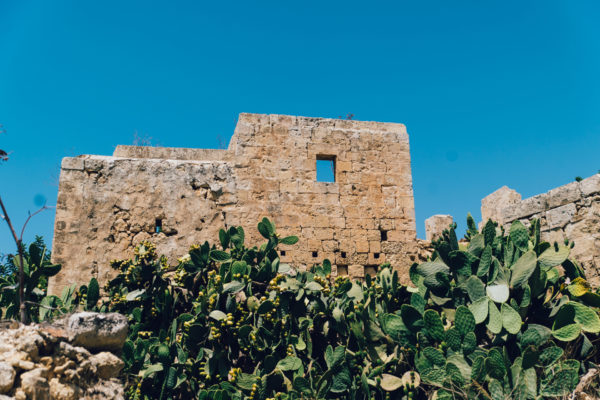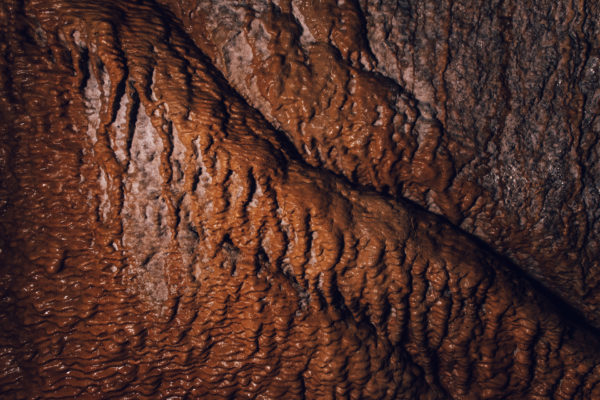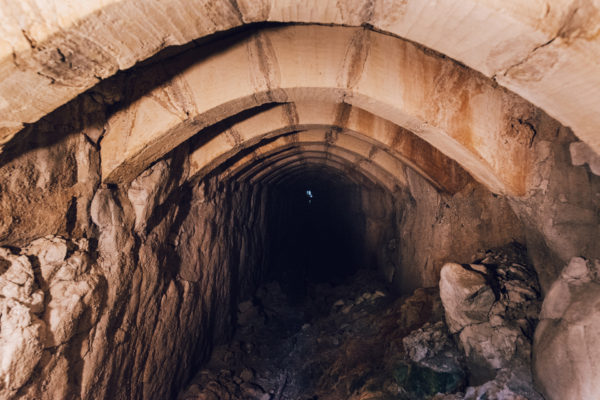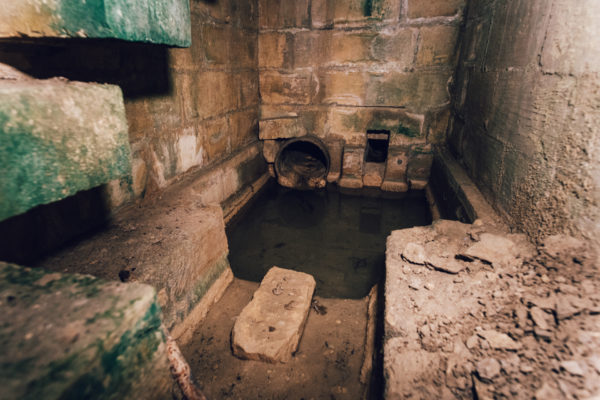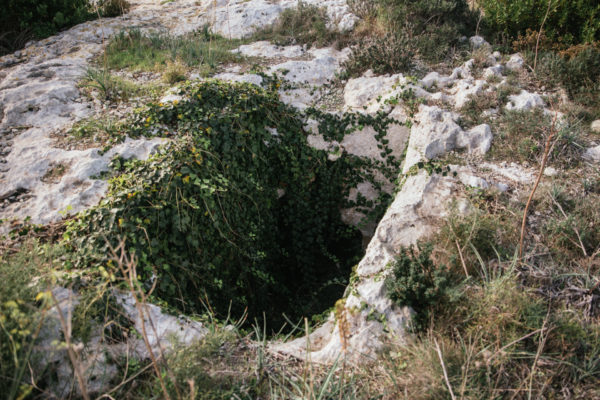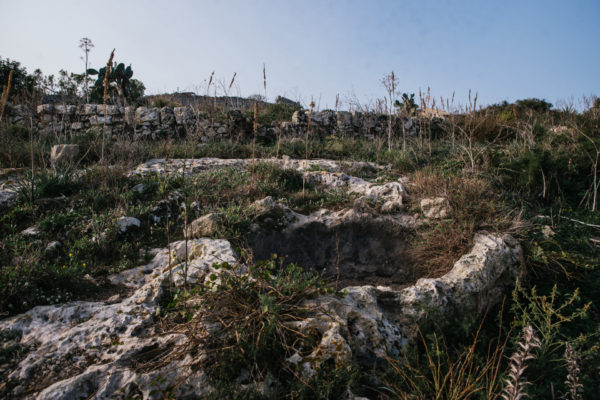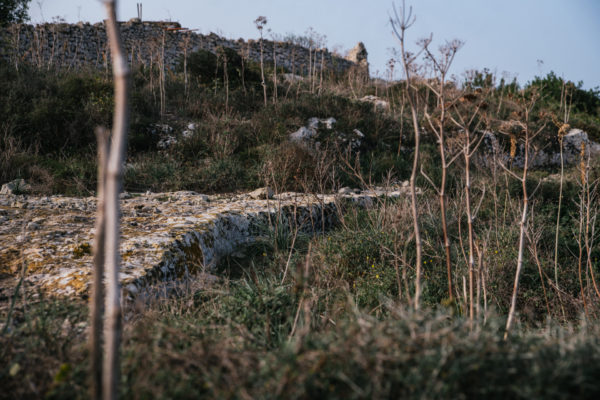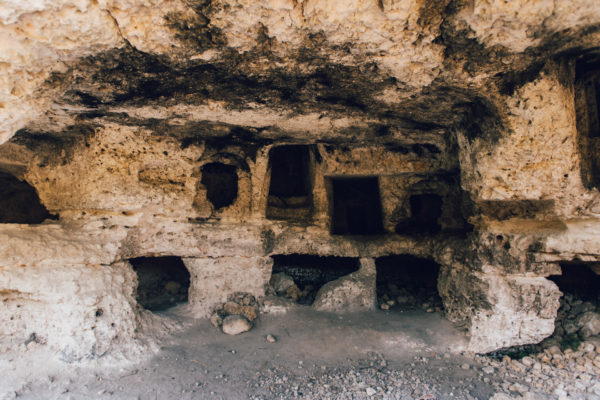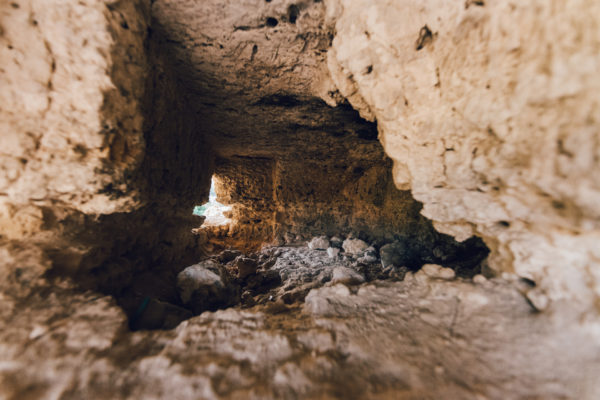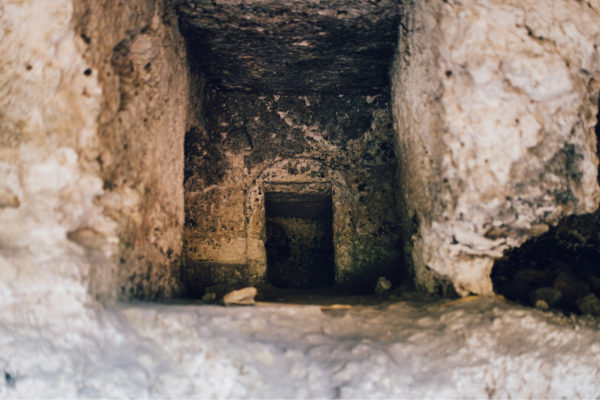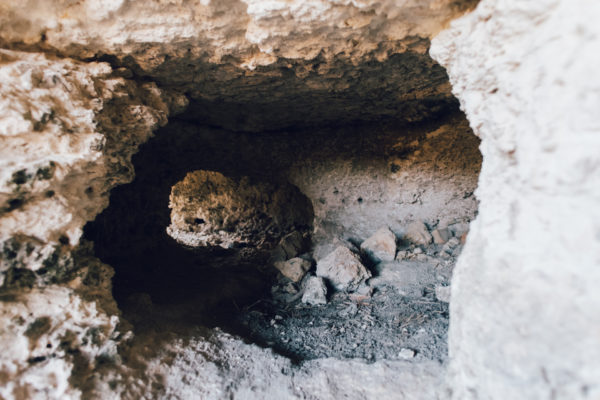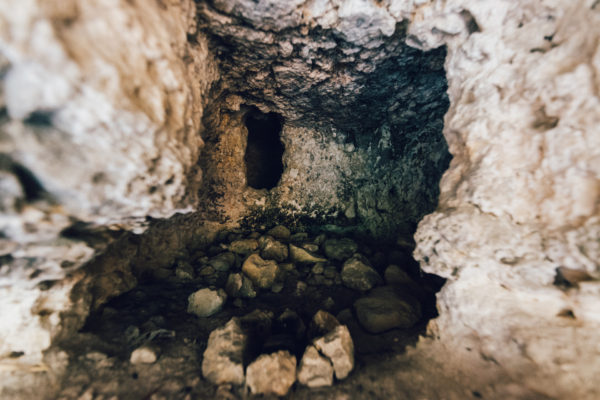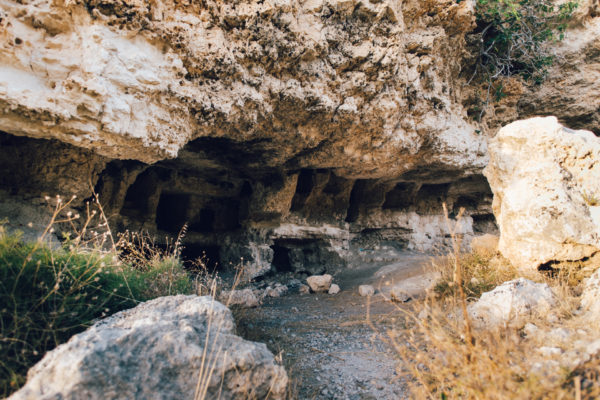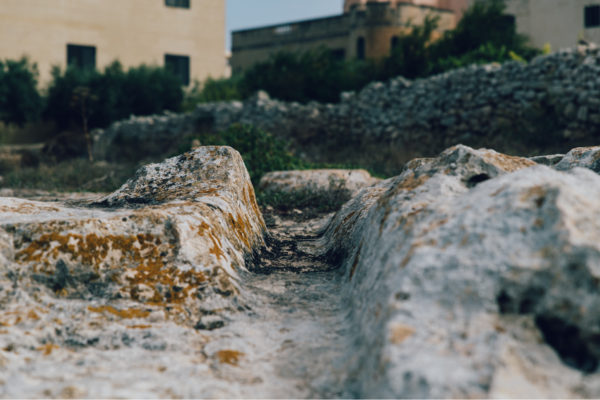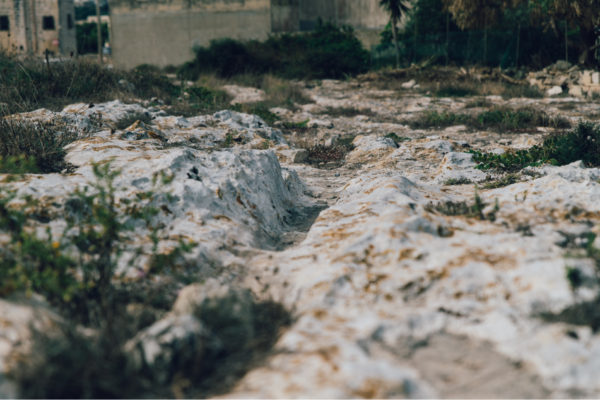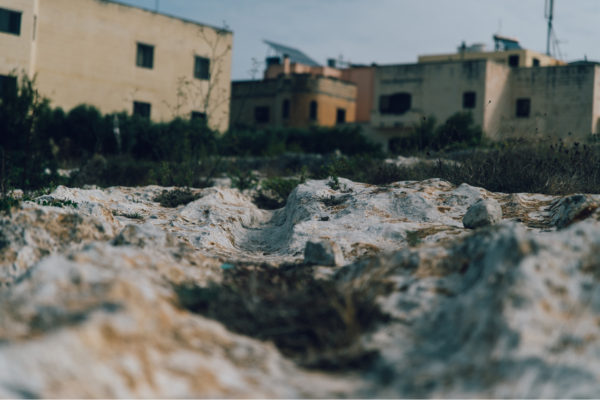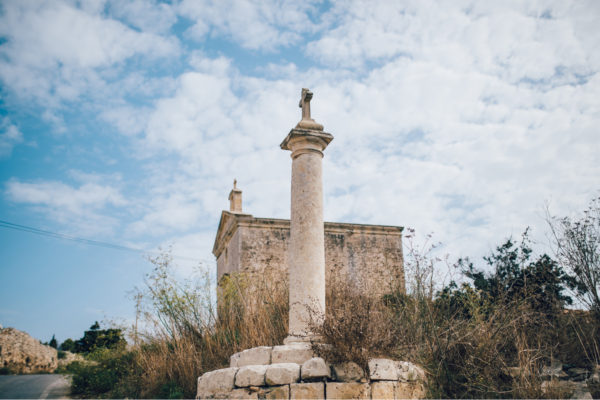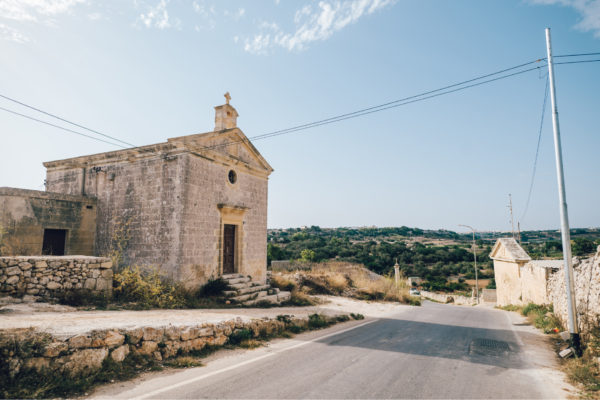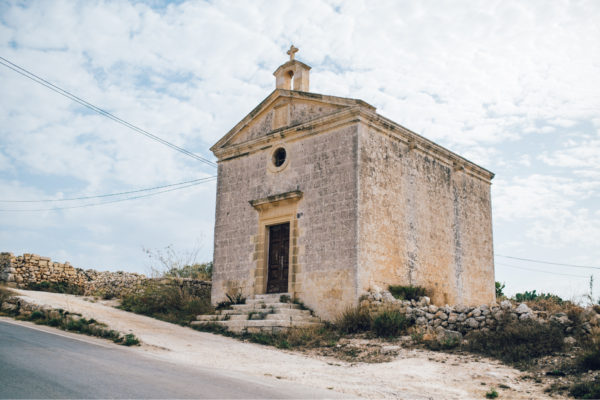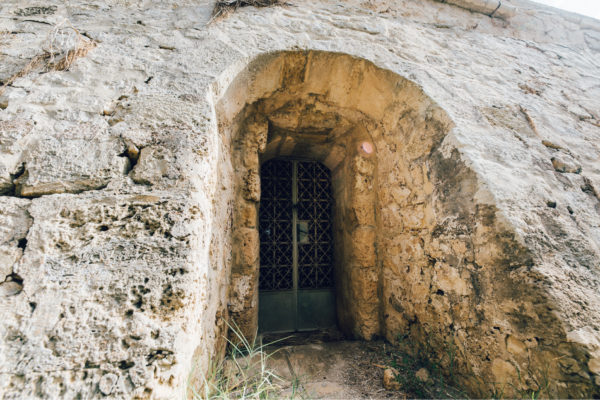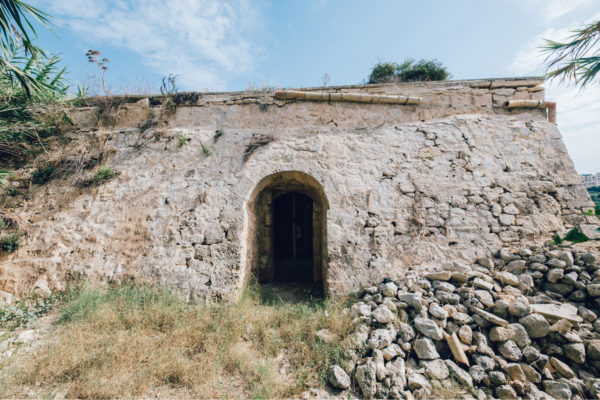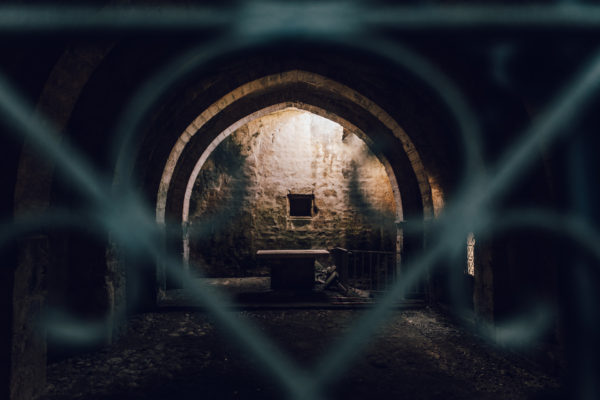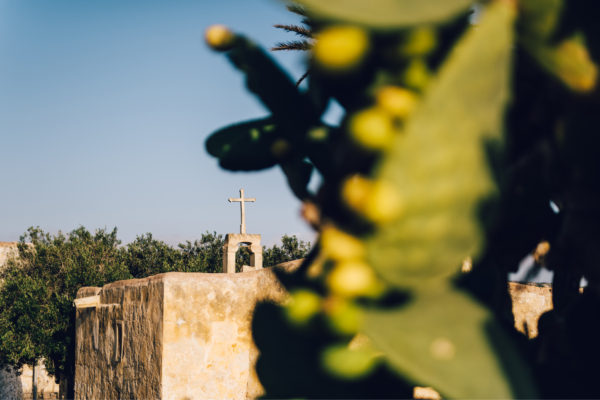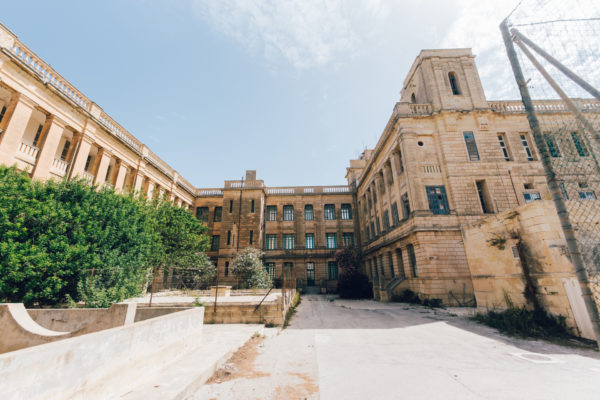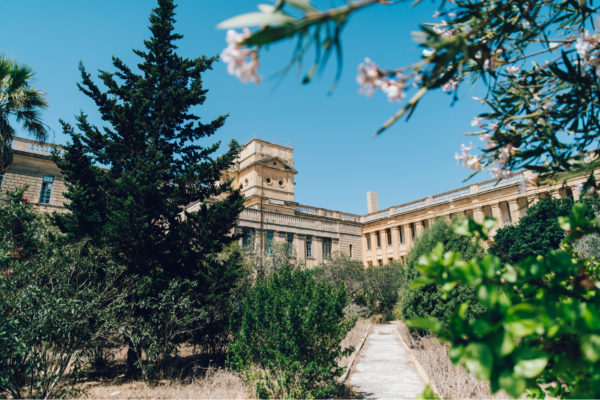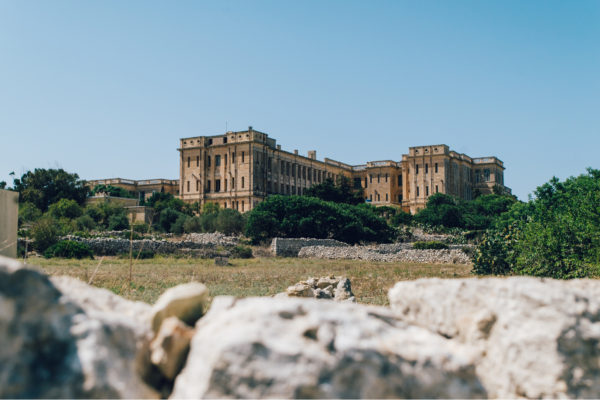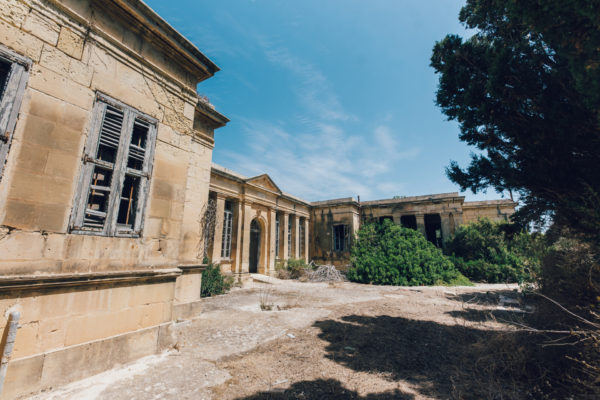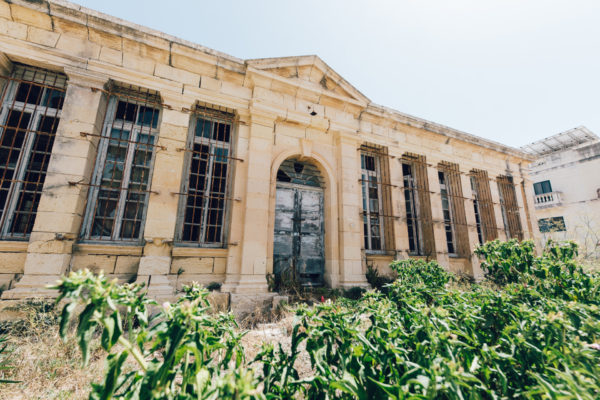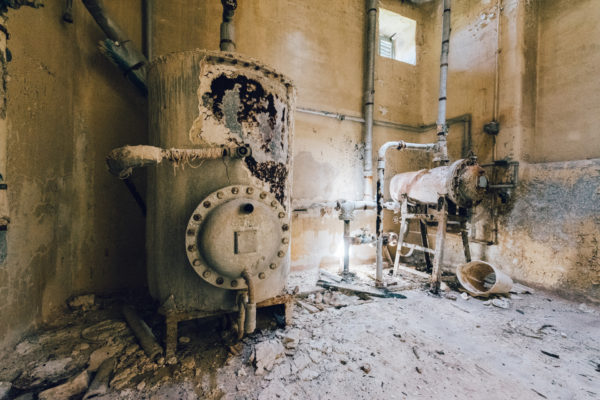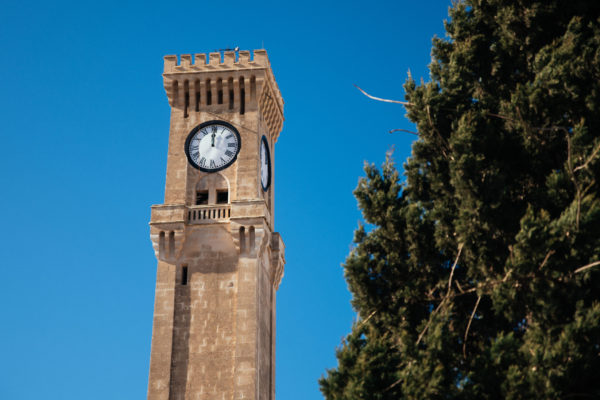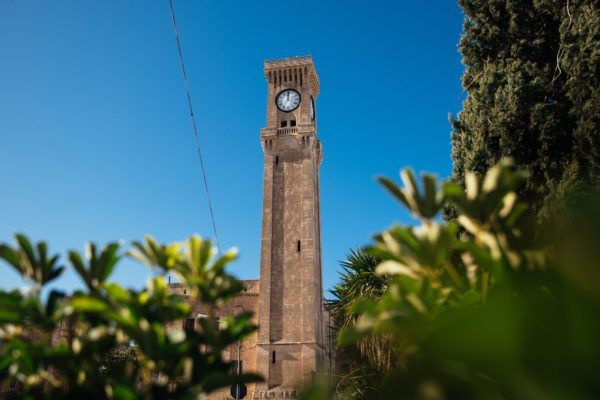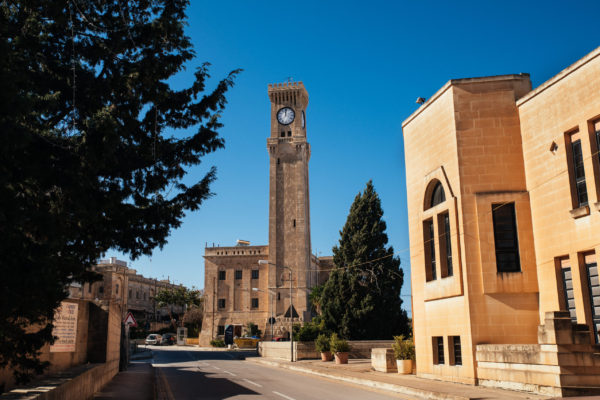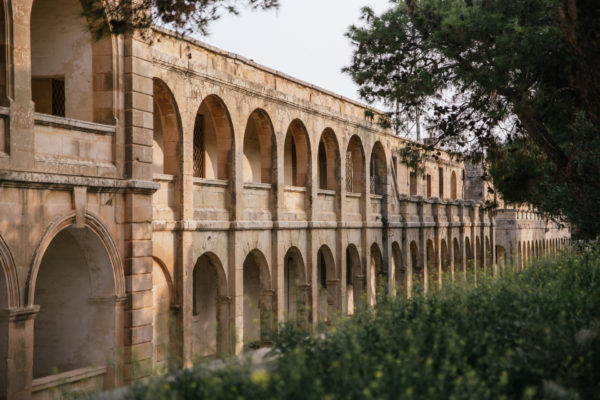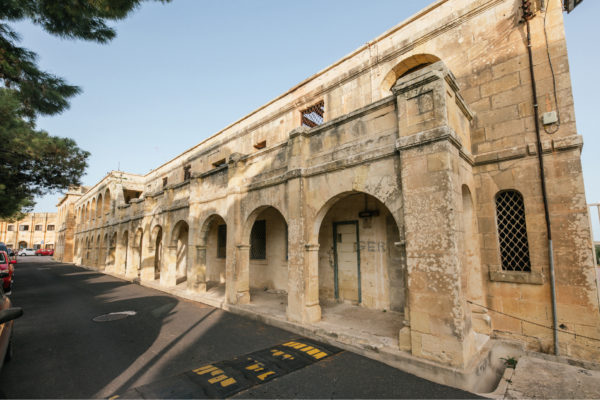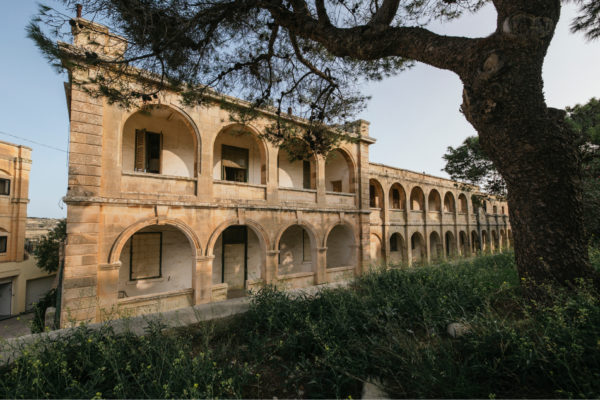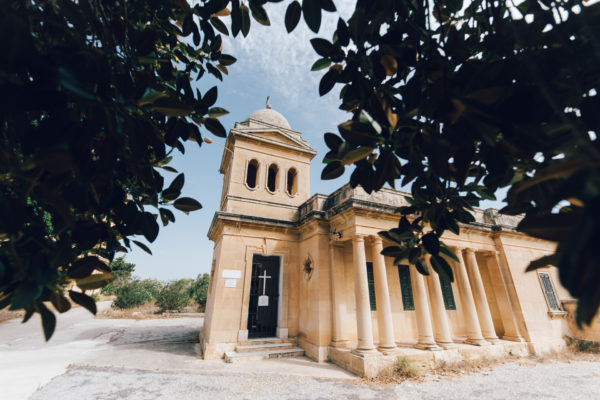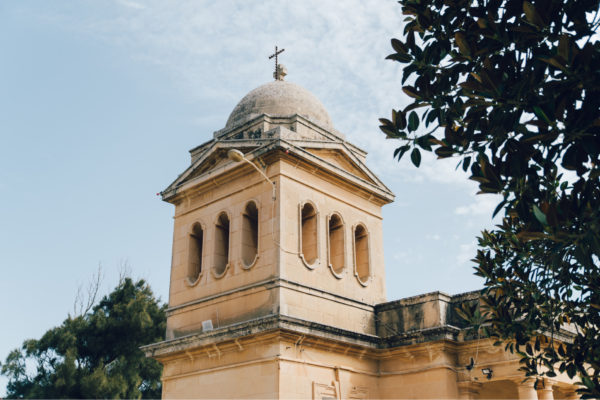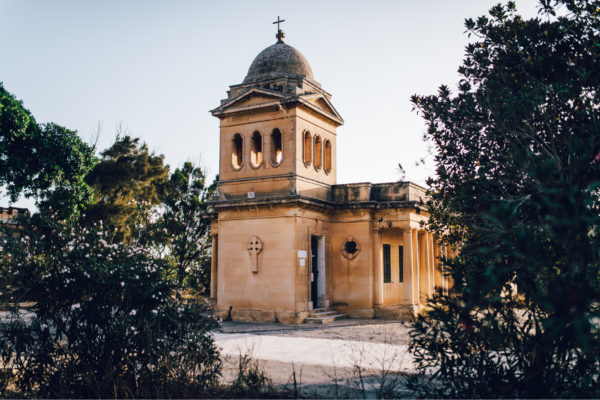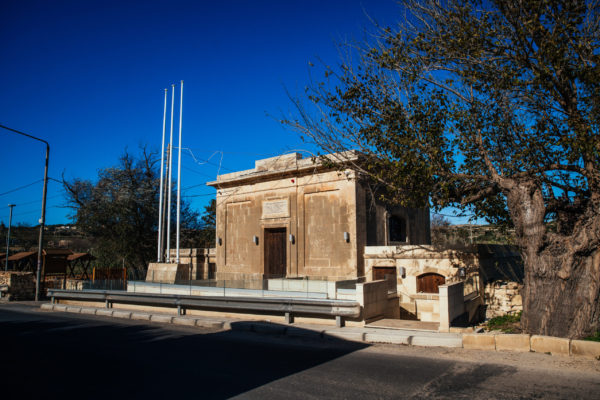
The Maltese wall lizard can be seen either on the ground, or basking on rocks and cracks in the wall, exposed to the sun. This is the lizard’s territory which it defends against other male lizards.
The male wall lizard is green from above, more vivid during the breeding season, and can reach 28 cm in length.
The female and juvenile wall lizards look more brownish. The female has a tinge of very light green, much lighter than that of the males. It also has thin lines running on its sides. These lines are in the form of dots on the males.
The bright colours of the male also help to attract a female. Mating takes place in spring. From 2 to 4 eggs, 10 to 12.6 mm long and from 6 to 7.5 mm wide, are laid in the soil or under a stone. After a pause of 25 to 41 days, the female can lay another batch of eggs. These hatch after 45 to 51 days, from June to mid-August. The young lizards are 65 mm long.
The wall lizards can shed their tails when cornered by predators. The vigorously writhing shed tail, distracts the predator allowing the lizard to escape. It then grows a new tail. Sometimes the tail does not break completely and when it grows the new tail, it looks like a two-tailed lizard.
The Maltese wall lizard eats invertebrates, like insects. It also feeds on waste left behind by man, such as tomatoes, apples and potatoes peels.
The Maltese wall lizard is endemic to the Maltese islands: only found in the Maltese islands. There are four races of this species, one on Filfla, one on St. Paul’s islands, one on Fungus rock, and one on Malta, Gozo and Comino.
All races of the wall lizard are protected in the Maltese Islands.











